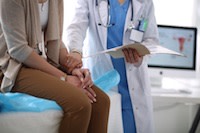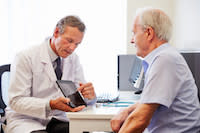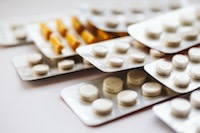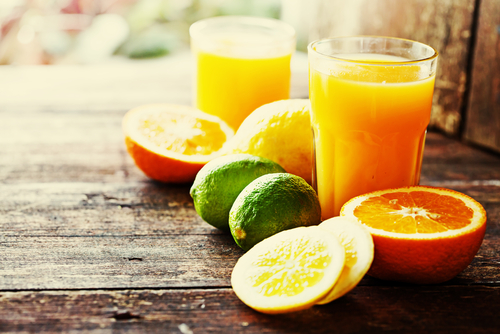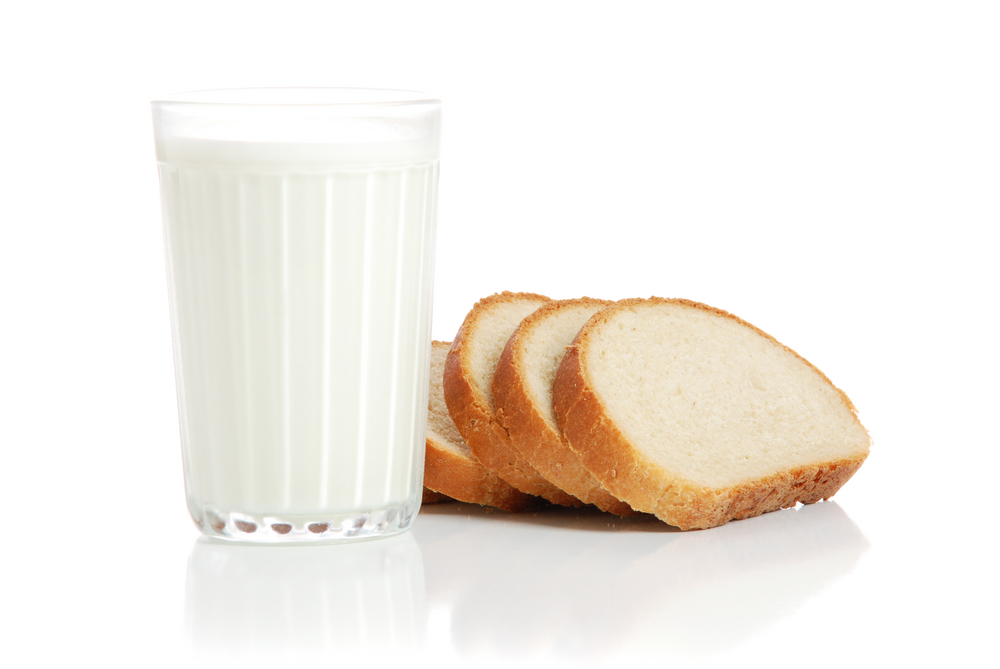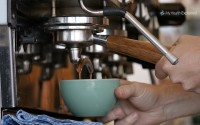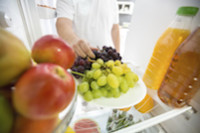- Home
- Dr Sultan Linjawi
Type 1 Diabetes
Type 2 Diabetes
Prediabetes
Gestational Diabetes
- Diabetes Information
- Testimonials
Having a hypo is a great way to end up with very high sugars. Let me explain why that needs to be avoided.
DO YOU WANT TO GET YOUR DIABETES UNDER THE BEST CONTROL?
Click the program that best describes your situation.
What to do when you've had a hypo
Beware anybody that stands in the way of you and the refrigerator when you’re having a hypo (when your blood glucose levels fall below 4 mmol/L or 72mg/dL). While it’s tempting to eat the entire contents of the fridge, the ‘hypo’ hangover where you terrible for hours and struggle to recover, is a less than desirable outcome.
And while the best way to manage a hypo is to prevent one happening in the first place, preparing for a hypo with suitable options is the next best thing. As soon as your BGLs drop below 4mmol/L (72mg/dL), you need to act, as an untreated hypo can turn into a medical emergency very quickly. If you wear a pump it’s important to suspend insulin delivery until your BGLs are safe again.
No matter what type of insulin you take, treatment for a hypo is the same.
Looking for diabetes and diet videos?
Check out our latest diabetes videos for more great content.
Have an emergency plan
Having a plan in place means you are less likely to get into trouble, but it’s good to let family and co-workers know if you appear drowsy, confused or lose consciousness then they need to call for emergency assistance quickly if they don’t know what to do.
Make sure they understand:NEVER TO GIVE YOU INSULIN!
Ask your diabetes team whether having glucagon on hand as an injection into the muscle in cases of an emergency is a good idea.
To the point
- Remember the main problem with a hypos is not knowing and the more you have, the more likely it is that your body will cease to warn you that your sugars are going low.
- Always try not to overcorrect and go too high as this may necessitate more insulin and increase the chance of another hypos later on.
- Have a hypo kit ready to make it more likely that you won’t over eat if your sugars are low.
Please see the following articles for more information:
- Where Do You Keep Your Insulin?
- How Insulin Pumps are Thinking More Like a Pancreas… Introducing low glucose suspend.
- Continuous Glucose Monitoring: Offering support 24/7
- Flash Glucose Monitoring: Managing blood sugar levels
- Should I follow a low carb diet if I have diabetes?
- Is fruit juice good for you if you have diabetes or prediabetes?



